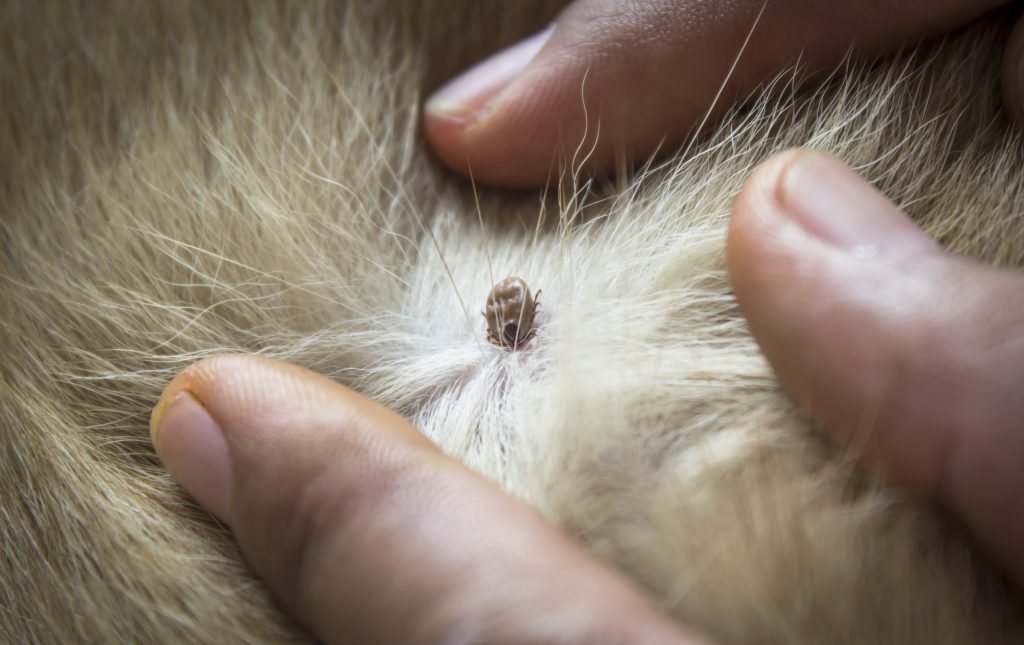Five Tips For Keeping Your Canine Friend Free From Tick-Borne Diseases

Ticks are strong parasites commonly found in long grassy and bushy areas. When your dog walks by, these ticks get attached to them, and they are quite difficult to remove once they’ve latched.
Prevention is the only method to deter itching and debilitating consequences of Lyme disease and other tick-borne diseases, such as babesiosis, ehrlichiosis, and anaplasmosis, just to name a few, which can be spread by tick bites.
There are a couple of things you should definitely do, or at least try to do, to prevent your dog from getting the ticks.
Start with Diet
Ticks will attract any dog, but they usually stay firm on a dog with a weakened immune system or a dog with a nutritional deficiency. The first act of protection against fleas is to feed your dogs a high-quality diet, whether home-cooked, kibble or raw, to preserve your their overall health. Keep an eye on your dog’s skin and groom your dog regularly to keep them safe and well.
Wash your pet’s bedding and toys with hot water
Hot water is going to help kill any remaining eggs or larvae. This is a key step for killing all the fleas in your first attempt. Wash their bedding and toys at least once a week. Place their bedding outside in direct sunlight to dry. If your dog wants to sleep in places like your bed, make sure you wash that too.
Lawn Care
Fleas and ticks thrive on landscaping, which has plenty of moist nooks and crannies to hide. Pruning trees and shrubs, trimming grass shorter, cutting excess brush and fallen leaves can help make your yard less friendly to these pests.
Oral Medications
You must have seen oral drugs available at your vet’s clinic or at a pet store as an alternative to topical tick prevention solutions. This could be the most convenient choice, since you do not need to apply this treatment topically or make sure that your other pets do not take the topical solution within a few days of their application.
These pills may also be used once a month, like topical procedures, but some may last for three to six months. Oral drugs appear to be a bit more costly, particularly because they are only available through veterinarian.
Call your vet.
If your effort to kill the ticks failed, make an appointment with your vet. A single tick attached to the dog can raise the risk of transmission of possible disease-causing bacteria. Keep an eye out for any symptoms of inflammation, such as swelling, redness that doesn’t go down, or pain.
You should also keep on any unusual signs or actions that could signify a tick-borne disease, such as lack of appetite, decreased energy, swollen joints, discomfort, or fever.

